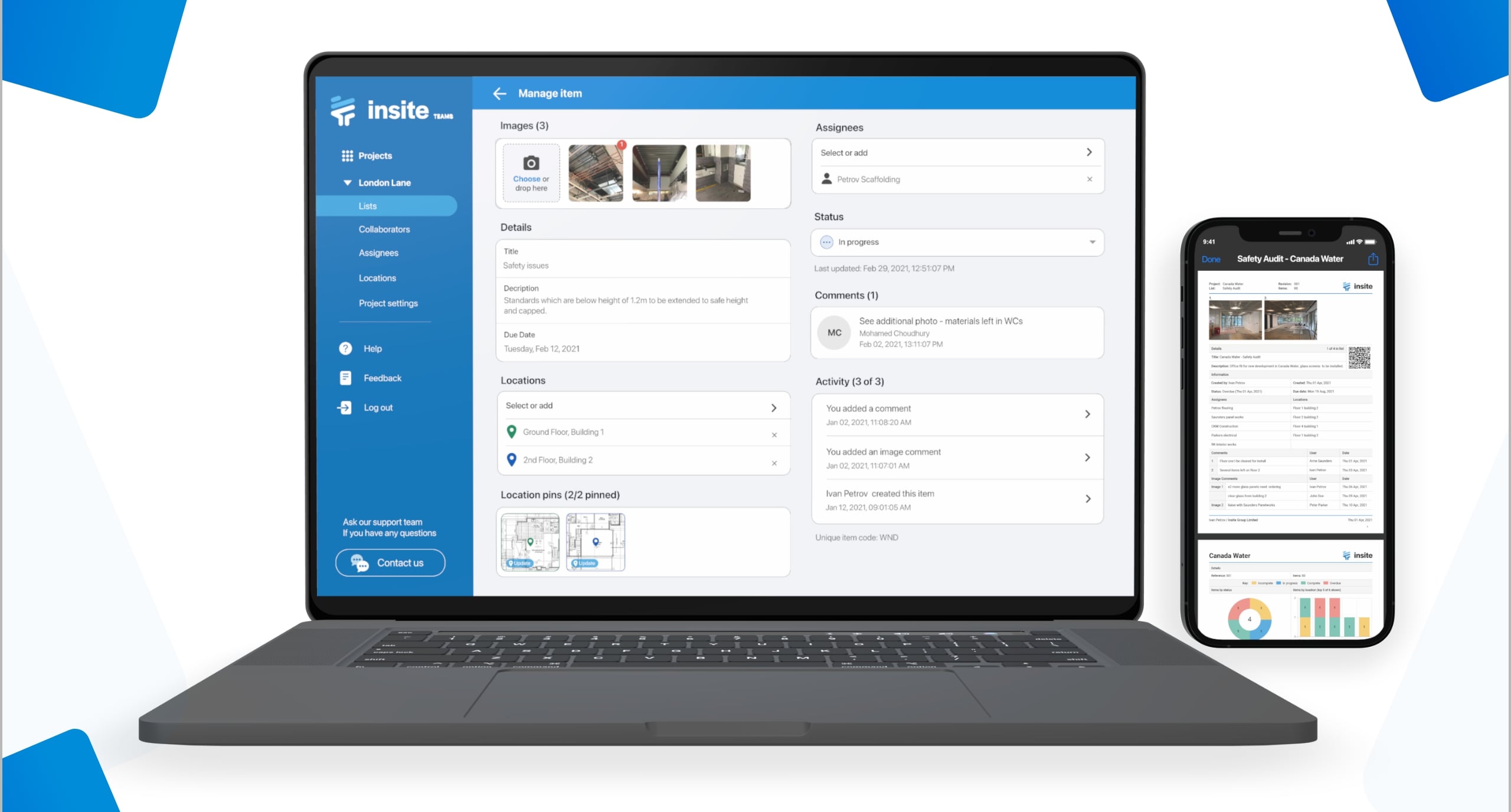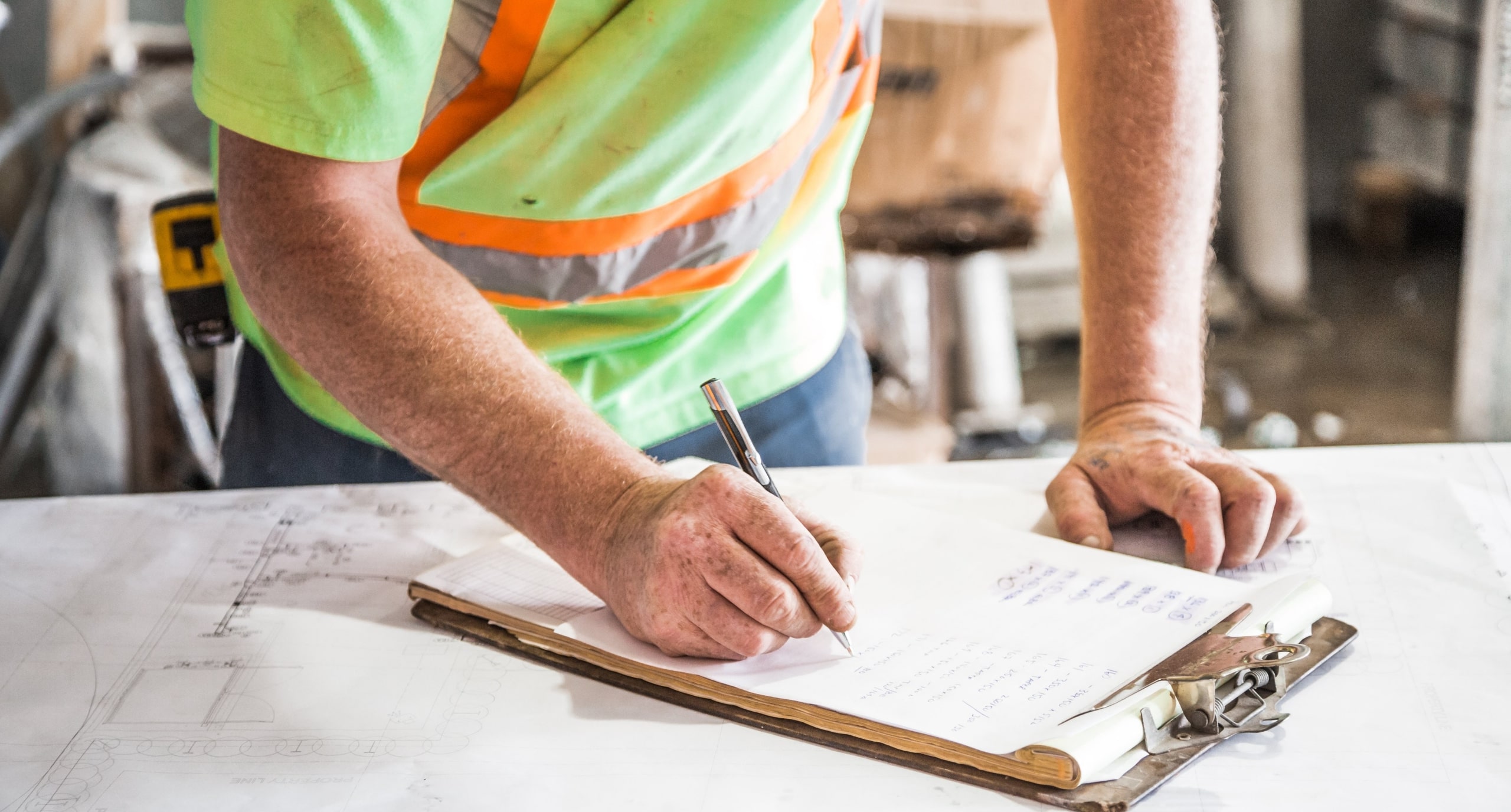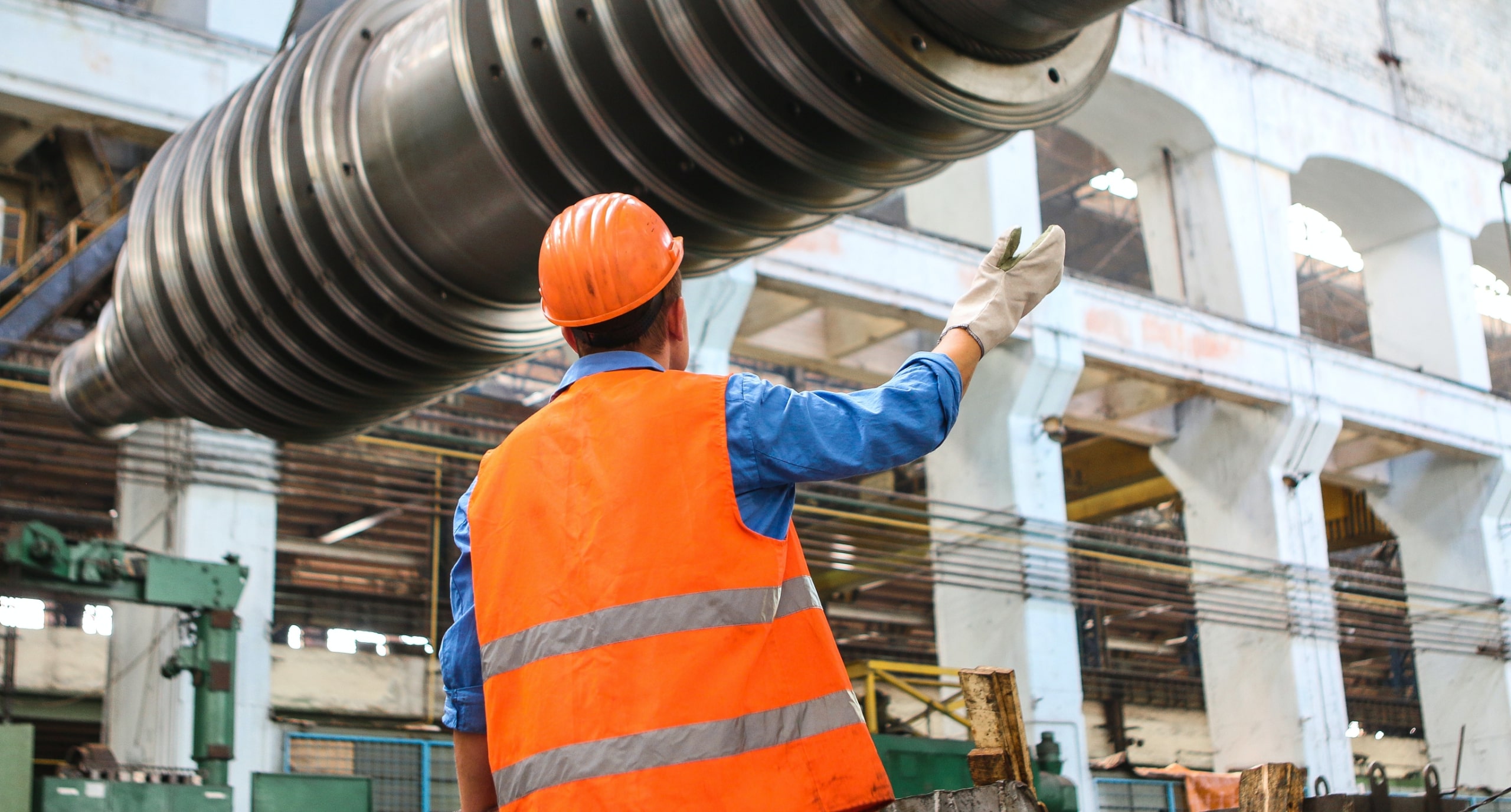2023-07-11 | 4 min read
tags: future sustainability innovation insite

Green construction represents a forward-thinking approach that emphasises environmental sustainability and efficiency in the realms of building design and management. As the world grapples with the pressing issue of climate change, the integration of construction collaboration software is playing a pivotal role in this sector. This blog aims to delve into the current landscape, future directions, and the critical importance of green construction, with a particular focus on how technology, including software solutions, is underpinning sustainable building practices.
Currently, green construction prioritises sustainable materials and energy-efficient methods. Despite advancements like automated tools and BREEAM certifications pushing sustainability forward, challenges like high costs and low awareness remain. Here, facilities management software plays a crucial role, optimising operations and ensuring sustainability goals are met. This software helps bridge the gap between ambitious green objectives and practical execution, making it an indispensable tool in modern green construction efforts.
Technological advancements are key to the evolution of green construction. The use of Building Information Modelling (BIM) and artificial intelligence (AI) for optimal design and resource management, coupled with the efficiency of 3D printing for reducing waste, represents a leap forward in construction methodologies. The role of smart grids, buildings, and IoT devices in enhancing energy efficiency cannot be understated either. In this technological vanguard stands Insite, which exemplifies the effectiveness of construction reporting software by offering streamlined processes for audit and inspection management. By simplifying project oversight and enhancing quality control, Insite serves as a beacon for how construction collaboration software can alleviate project delays and financial overruns, significantly contributing to the sector’s sustainable construction goals.

A real-life example of successful implementation of Insite is from Ashe, a client who has adopted Insite for their core operations. They transformed their Quality Assurance and snagging processes, using Insite to digitise and streamline their operations. This has resulted in efficiency gains, time savings, and enhanced sustainability while delivering high-quality projects.
With Insite, we’ve digitised our Quality Assurance process, integrating electronic QITPs. This transition has boosted efficiency, saving our Site Managers time and reducing our carbon footprint, enhancing sustainability.
This tangible case study clearly demonstrates how digital tools like Insite are paving the way for greener, more sustainable construction practices.
Green construction is continually advancing, embracing innovations like prefabrication and modular construction to reduce waste and enhance efficiency. The drive towards passive houses and zero-energy buildings aims at minimising or completely neutralising net energy consumption. In these evolving practices, the role of construction collaboration software becomes evident, facilitating the seamless integration of these innovative methods into the construction process. It enables teams to better coordinate on projects that incorporate biophilic design and adhere to circular construction principles, which emphasise the recycling and reuse of materials. An example of this progress is the Bullitt Centre in Seattle, celebrated as the world’s greenest commercial building, embodying the success of these forward-thinking construction strategies.

Looking ahead, the focus in green construction is increasingly shifting towards achieving carbon neutrality, implementing tighter green building regulations, integrating renewable energy solutions, and adopting practices like urban farming and green roofs, alongside more advanced green building rating systems. In this evolving landscape, construction reporting software plays a pivotal role by enabling more precise tracking and reporting of sustainability metrics and compliance with green regulations. This technological advancement supports the industry’s commitment to sustainable practices, helping to reduce the carbon footprint of construction activities and promote healthier, more sustainable living spaces.
Green construction also has notable economic advantages. Despite the higher initial costs, it is cost-efficient in the long term due to energy savings and reduced maintenance costs. It also stimulates job creation in new areas. Moreover, it leads to healthier living spaces and has a lower environmental impact, contributing to the overall well-being of society.

The future of green construction holds promise for a more sustainable and eco-friendly built environment. Continued technological innovation and adoption of new approaches will be key to overcoming current challenges and realising this future.
For more information, interested readers can refer to the UK Green Building Council, the World Green Building Council, and the International Living Future Institute websites, along with numerous articles and books on the subject.
If you’re looking for a compliance solution, Insite is here for you. Sign up for a trial today or get in touch with us to find out more. We’re dedicated to ensuring that your business operates effectively, and we’ll be happy to answer any questions you may have.